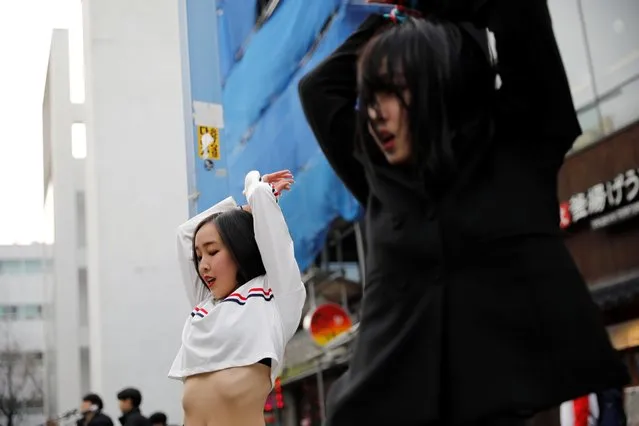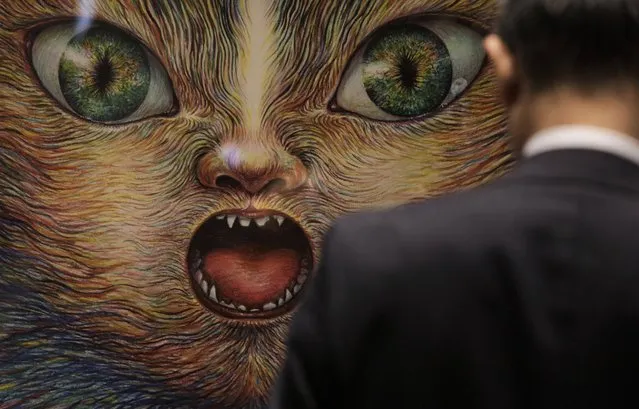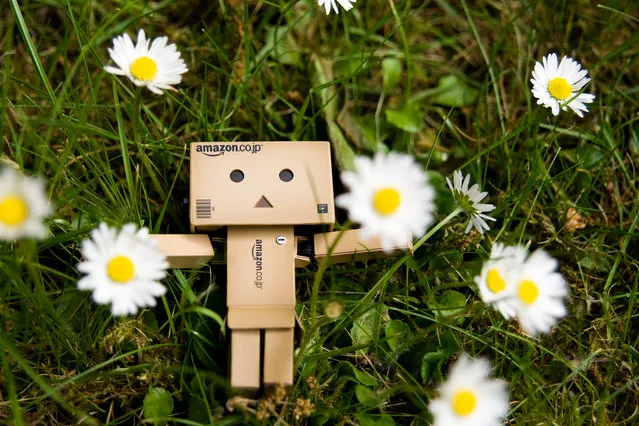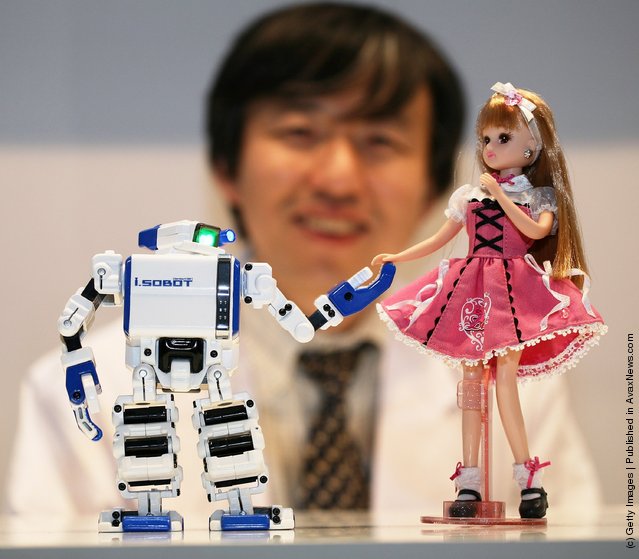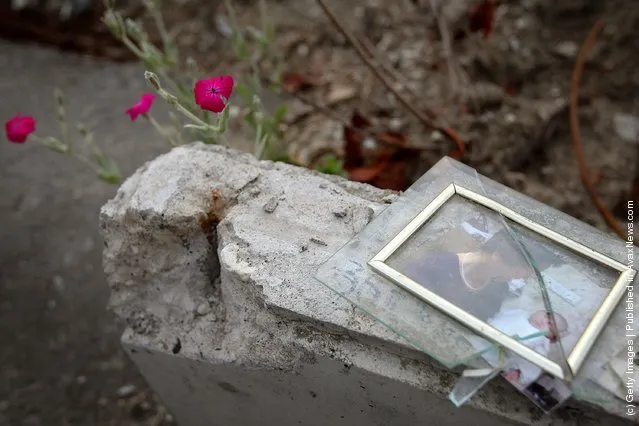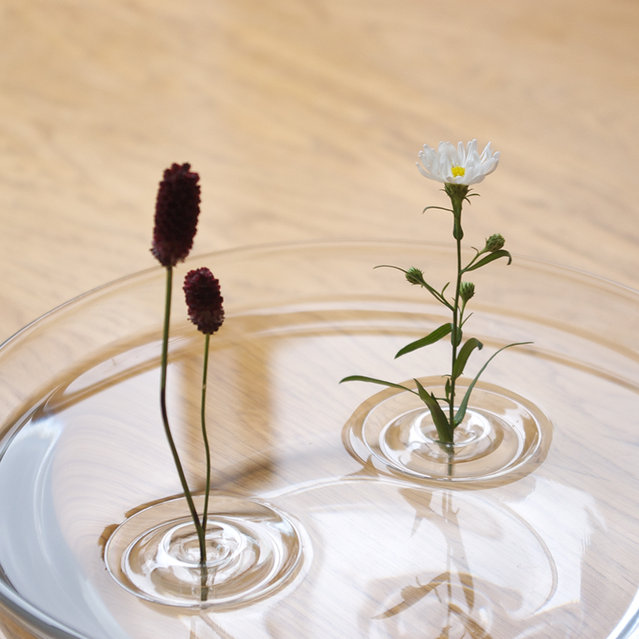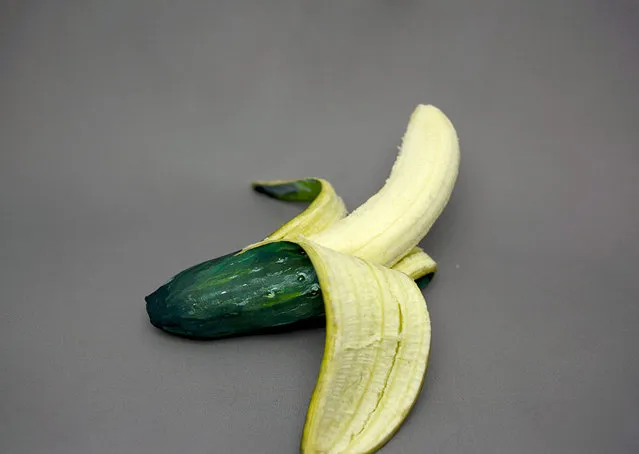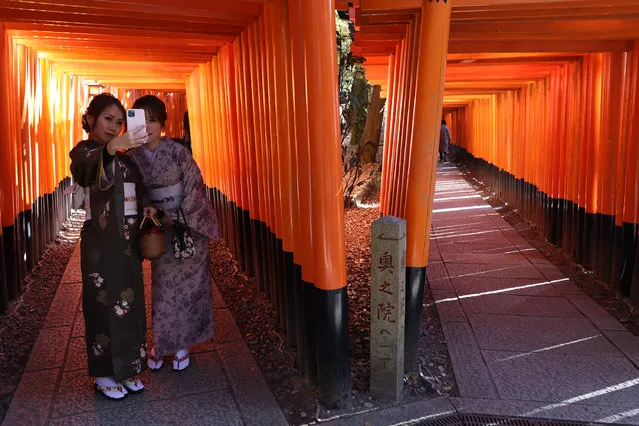
Women dressed in kimonos pose for a selfie photograph at a deserted torii path Fushimi Inari Taish shrine on January 18, 2021 in Kyoto, Japan. Kyoto, along with a Osaka and several other prefectures, was brought under a state of emergency last week by the Japanese government as they grapple to contain the third, and most virulent, wave of Covd-19 coronavirus to hit the country. (Photo by Buddhika Weerasinghe/Getty Images)
28 Jan 2021 10:42:00,post received
0 comments

